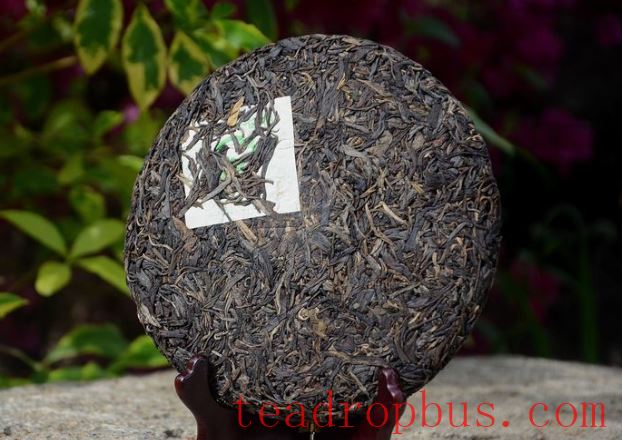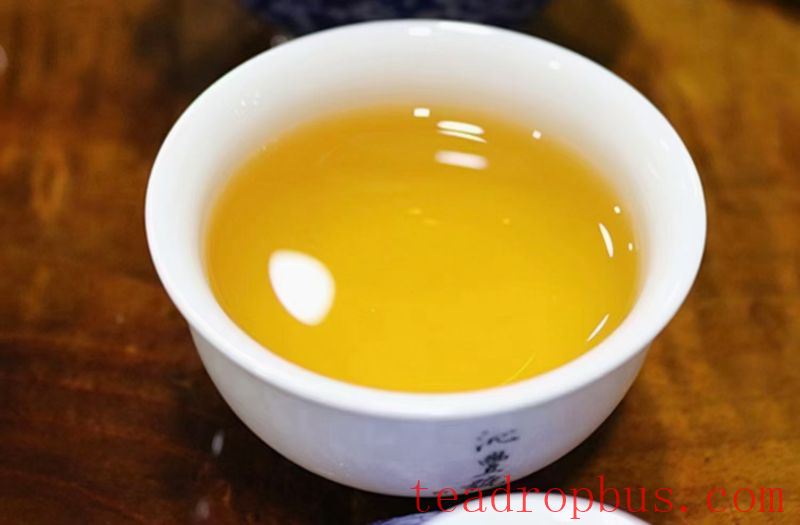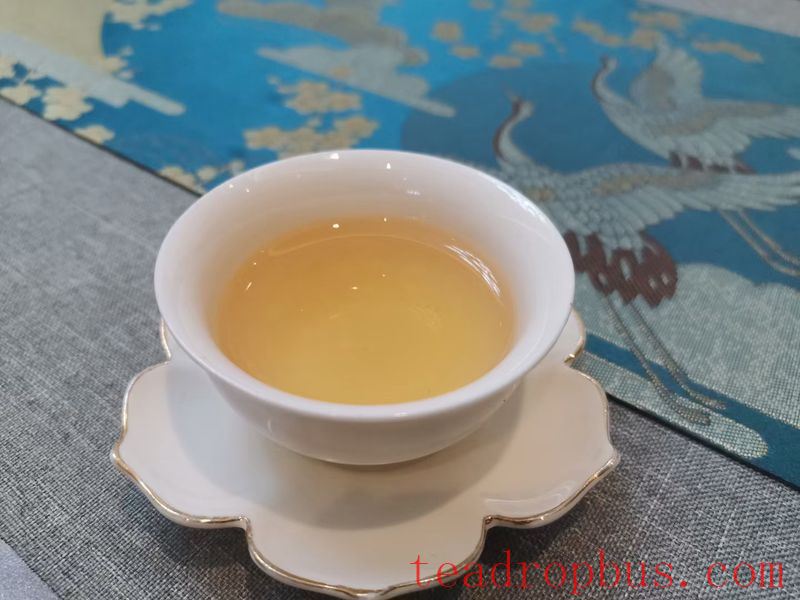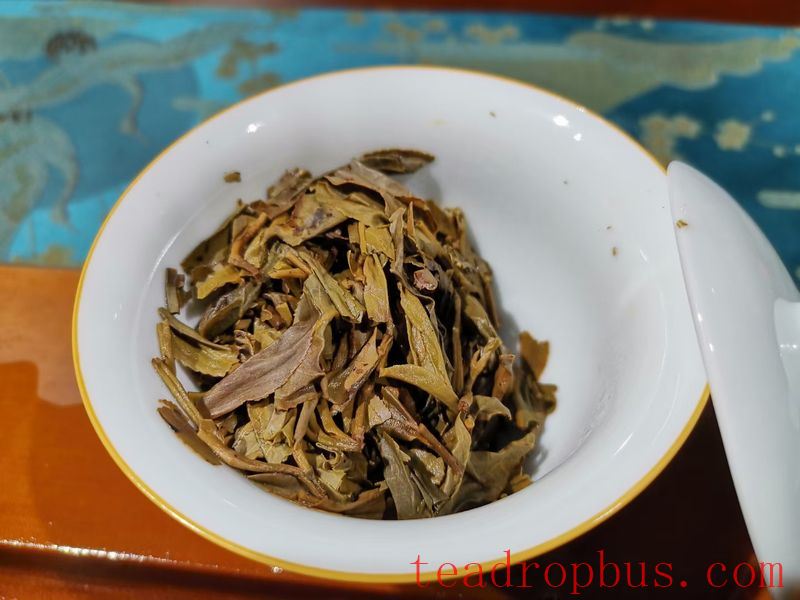How to choose high-quality Pu'er Tea? Tasting is the most important part of buying tea, because whether a cup of tea is good and suits your taste can be fully known from tasting. A good cup of Pu'er tea will not have a moldy flavor or be excessively bitter. Newly made Pu'er tea has white down (hairs) and has not undergone aging, so it will have a slightly bitter and astringent taste; after Pu'er tea ages and the white down turns into golden needles, its nature becomes mild and non-irritating, so the taste becomes sweeter and smoother.

How to Choose High-Quality Pu'er Tea
1. Distinguish by Liquor Color
The liquor color of dry-stored raw Pu'er tea is chestnut red, similar to that of heavily roasted Oolong tea. Even for aged raw tea, such as the Longma Brand Tongqing Old Brand Pu'er tea, which has a history of eighty to ninety years, its liquor color is only slightly deeper than that of the fifty-year-old Hong Yin Pu'er round tea. The liquor color of ripe tea is dark chestnut, even approaching black. In modern tea classification, Pu'er tea is listed in the category of dark teas, which is related to the liquor color of ripe Pu'er tea.

2. Distinguish by Aroma
Ripe Pu'er tea produces a cooked aroma due to the piling process. Generally, only dry-stored ripe tea within ten years old (according to traditional understanding, tea that hasn't undergone moldy changes is considered dry-stored) can have a cooked tea aroma detected on the surface of the Compressed tea. Around ten to twenty years, that surface cooked tea aroma disappears, but a cooked aroma can be felt in the tea liquor. The first batch of ripe brick tea made in 1973 from the materials of tight tea, known as the “73 Thick Brick Tea,” is now more than twenty years old. Neither from the compressed tea nor the tea liquor can one detect any cooked aroma; instead, there is a “sunken fragrance.” Sunken fragrance is the best ripe tea aroma obtained through long-term dry storage aging from the cooked aroma. Cooked aroma, cooked scent, and sunken fragrance are some of the most direct and effective methods to distinguish between raw and ripe tea.

3. Distinguish by Leaf Bottom
The leaf bottom of dry-stored raw Pu'er tea ranges from chestnut to deep chestnut in color, very similar to the leaf bottom color of Taiwan's Oriental Beauty tea. The leaf strips are full, soft, and fresh. The leaf bottom of an infused old Tongqing Pu'er tea can still display the freshness and vitality of a century ago. The leaf bottom of ripe Pu'er tea mostly appears dark chestnut or black, with the leaf strips being dry, thin, and hard. If the fermentation is heavy, there will be obvious carbonization, as if roasted by intense fire. Some older leaves may have their surfaces broken, with veins separated, appearing like dry leaves that have been soaked in water for a long time. However, some ripe teas, if the piling time is not long and the fermentation level is not heavy, will have a leaf bottom very similar to that of raw tea. Conversely, some raw teas, during the production process, such as after the tea leaves are kneaded and cannot be dried immediately, if delayed for a longer period, the leaf bottom will also appear dark brown, and the liquor color will be darker and richer, just like lightly fermented ripe tea that has undergone a short piling process.

Speaking of Pu'er tea, most people's first impression is of a round “cake.” The birth of tea cakes was originally for the convenience of transportation and storage. Now, considering the characteristics of Pu'er tea's own preservation and aging, cake tea remains the most classic and aesthetically pleasing form. Pu'er tea is divided into two major categories: raw tea and ripe tea. How to choose high-quality Pu'er tea should not be a one-size-fits-all approach— “suitability is key, a tea that suits you is a good tea.”